Google Glass Hands On – A Glimpse at the Future [VIDEO]
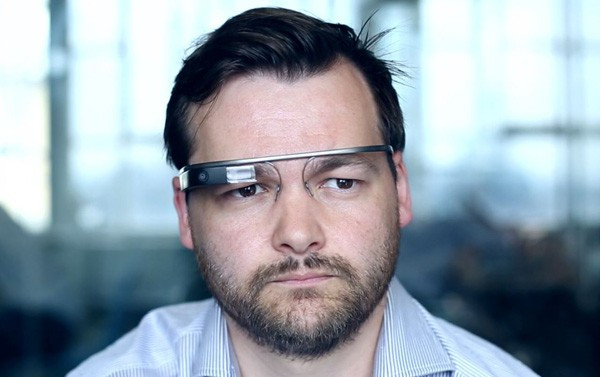
What is Google Glass?
Google Glass is basically an Android smartphone transformed into a pair of glasses with the screen projected directly into your eyeline. But this is an accessory for your handset, not a replacement.
The whole thing is really lightweight, lighter than a typical pair of sunglasses, thanks to its titanium and plastic construction . As standard it has no lenses in place, but the Explorer Edition (which was sent out to thousands of enthusiasts and developers at a cost of $1,500 a pair) comes with a pair of clear lenses and tinted lenses which snap into place easily.
Whether or not you use the lenses is up to you. Wearing Glass without them makes you look like one of the Borg from Star Trek, but the consumer edition - which could arrive as early as this year - will almost certainly be much slicker and less obviously Google Glass.
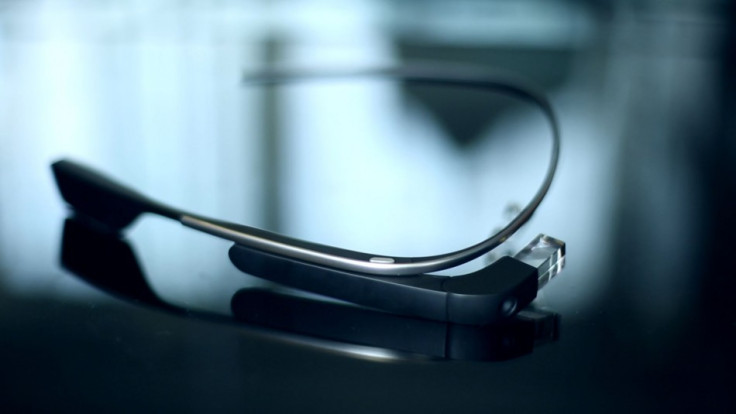
The device allows you to carry out a set of basic actions like getting directions, seeing your messages and emails and taking pictures and video with the device's 5 megapixel camera. All this is displayed on a screen which is projected through a glass prism which sits in front and slightly above your right eye with sounds coming through a bone conduction speaker which sits next to your ear.
You can adjust the prism slightly by moving it in or out but to get the screen to sit just right you will have to adjust where Glass sits on your nose.
Once you have it situated right, the screen sits there, just above your natural eyeline. Initially you will find yourself starring upwards at it all the time, but after a while you will grow used to it being there and simply ignore it.
The resolution of the screen as you can image is not great and in bright sunlight it all but disappears. However it does adjust somewhat to compensate in bright light, but a lot of the time it's simply not enough.
Control
There are two main ways of controlling Glass - voice and touch. Saying "Ok Glass" or tapping the side of the touch panel on the right hand edge will turn the device on. Like many people I assumed before trying Glass that the device would be always on, always showing you the time, location etc on the screen, but that's not the case.
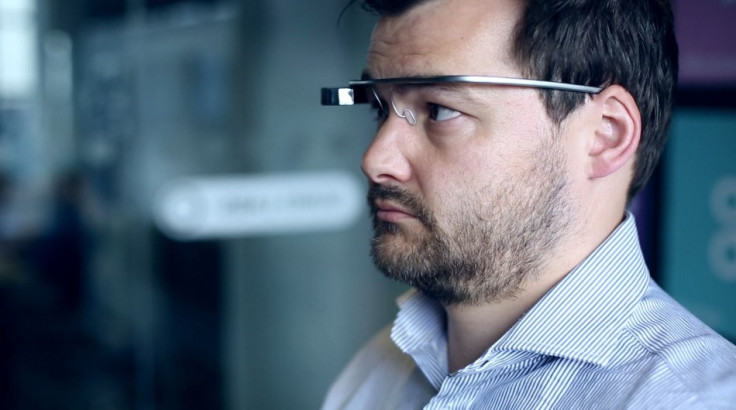
A few seconds of inactivity and the screen disappears, meaning that most of the time you are wearing Glass it just sits there, doing nothing.
There is one more way of turning it on without using voice or touch. Flick your head upwards and down again and Glass will flicker into life. You can set how much of an angle you need to flick your head upwards so that small nods you make in everyday life don't turn on Glass by accident.
To be honest, turning on Glass in this way makes you look like you have a severe nervous tick and I can't see it being used all that much - if the feature is even included in the consumer edition.
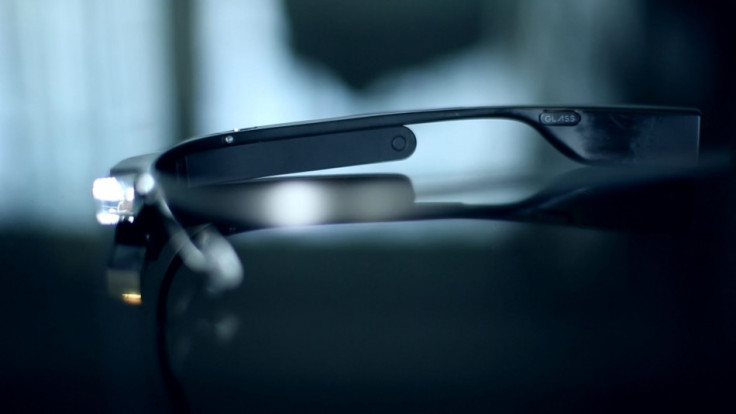
As I said, the touch panel is located on the right-hand stem of Glass, and it supports a number of swipe gestures, including front-to-back, back-to-front and top-to-bottom. It can also recognise two-finger gestures.
Interface
Navigating around the interface at the moment is a bit of a mess. It's hard to understand where you are, which app you are in or how to get back to the start. It's best thinking of the system as a carousel around your head, with all your 'apps' and setting to the left and your timeline of pictures and video to the right.
Swiping back-to-front brings up all the pictures and video you have taken, allowing you to share them with friends, but there is no way to jump to a specific point, so after several months of use, getting to a picture you took early on in your Glass use will become a bit of a chore.
Again this interface is likely to be changed in the consumer edition, but at the moment it is very clear this is version 1.0 of Google Glass.
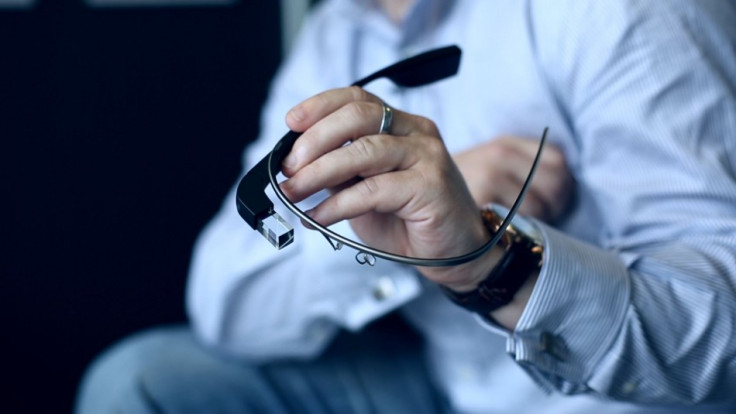
Using voice is a lot easier. Simply saying "OK Glass" will bring up the options available to you, such as getting directions, searching for something online or taking a picture. The voice recognition worked surprisingly well from the off and those who have used it more extensively said it gets even better over time.
As well as using the inb-uilt orders like "take a picture" or "record a video" you are able to Google questions like "How tall is the Empire State Building?" or "How many people live in London?" with the answers being displayed on Google Now-style cards including images where available.
Browser
There is also a link to where the information came from, such as Wikipedia, which you can now click on (by tapping the touchpad twice) and it will open the new Glass browser which was included in the latest software update.
While the web browser is far from a fluid and slick experience, if the website has a mobile version it is usable - navigating using swipes on the touchpad together with your own head movement.
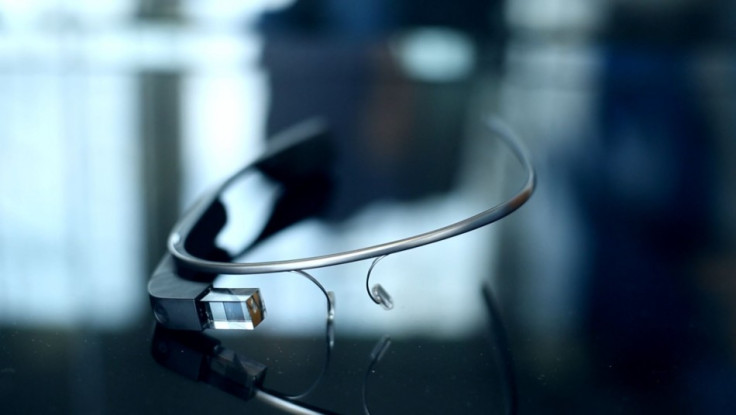
Glass can connect to the internet in two ways. Though Wi-Fi or once connected to your smartphone via Bluetooth through its 3G connection. Of course connecting through your smartphone means you get a lot more functionality including being able to see messages and answer calls though Glass.
It also means map directions are more accurate but remember it will have a negative impact on battery life, which Google says should last all day.
Public reaction
While I only used Google Glass for a limited time, I was able to go out around Leicester Square and Piccadilly Circus in central London to get an idea of what the public reaction to wearing this technology on your face is like.
While I was very conscious of having Glass on, I have to say that most people took little notice, though while filming a video I could hear comments from people saying "Hey, that's Google Glass" or "Is that guy wearing Google Glass?"
I was stopped several times by people who wanted to ask about it and while that was fine for the short time I was using it, having it happen all the time would certainly be annoying. This is something which will become less and less of a problem as the device becomes more mainstream however.
But is it any good?
At the moment, the answer is no. Glass is too bulky and the interface too messy. But that's not the point of these Explorer Editions. The device I tried out is not the future, it is a glimpse of the future.
Yes it can let you see notifications from your phone without having to take it out of your pocket, as well as giving directions as you walk around, but that will be not enough to convince people to buy it.
But you have to take a long term view of this technology and what the possibilities are. Speaking to developers about it, it is clear that they - and their clients - are excited about the possibilities and some of the potential uses for Glass.
A lot of people have been down on Glass and its limited range of features, but I can see huge potential and in two to three years time, I believe this will be a hugely popular device with a wide range of uses and features.
© Copyright IBTimes 2025. All rights reserved.






















